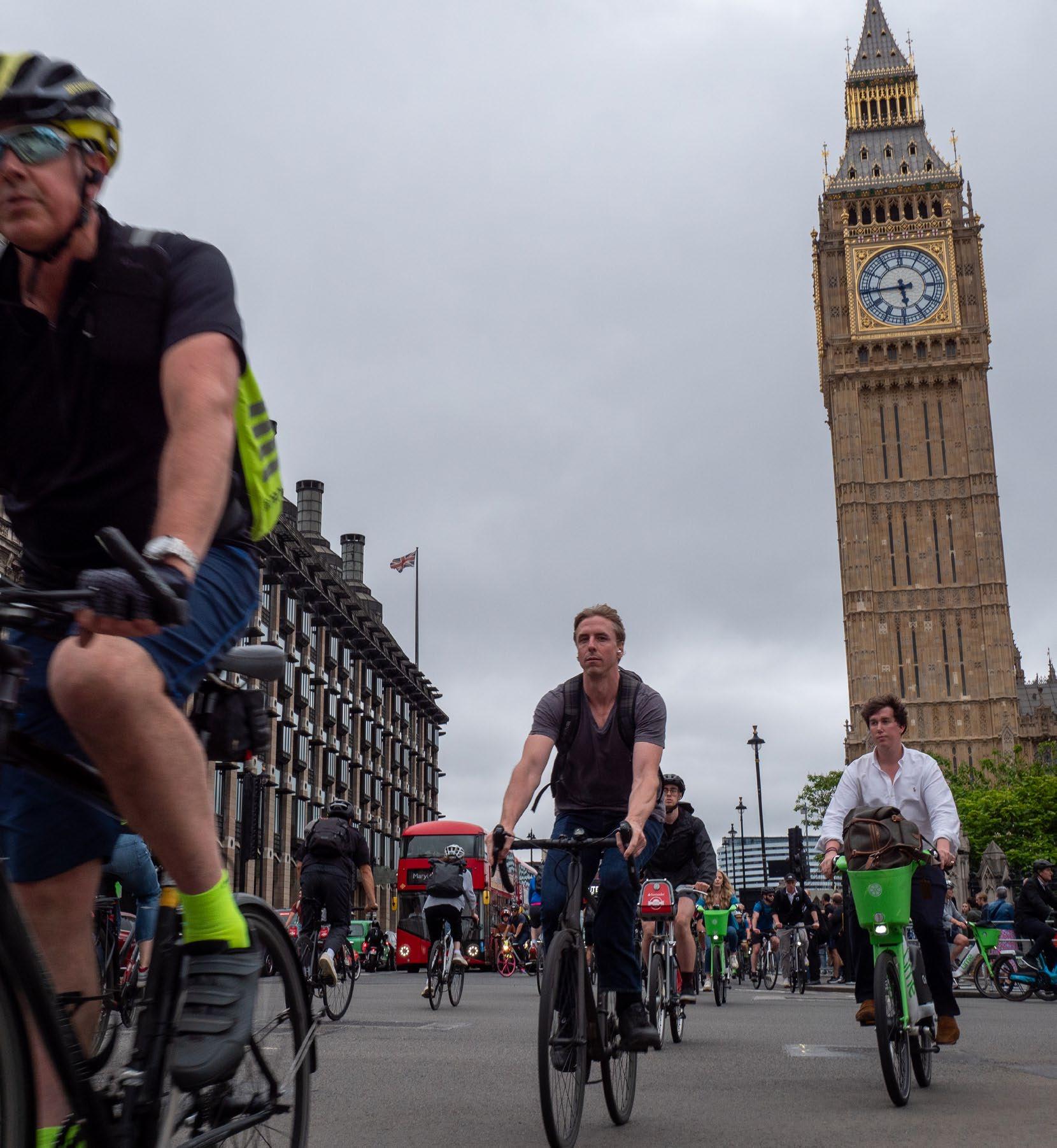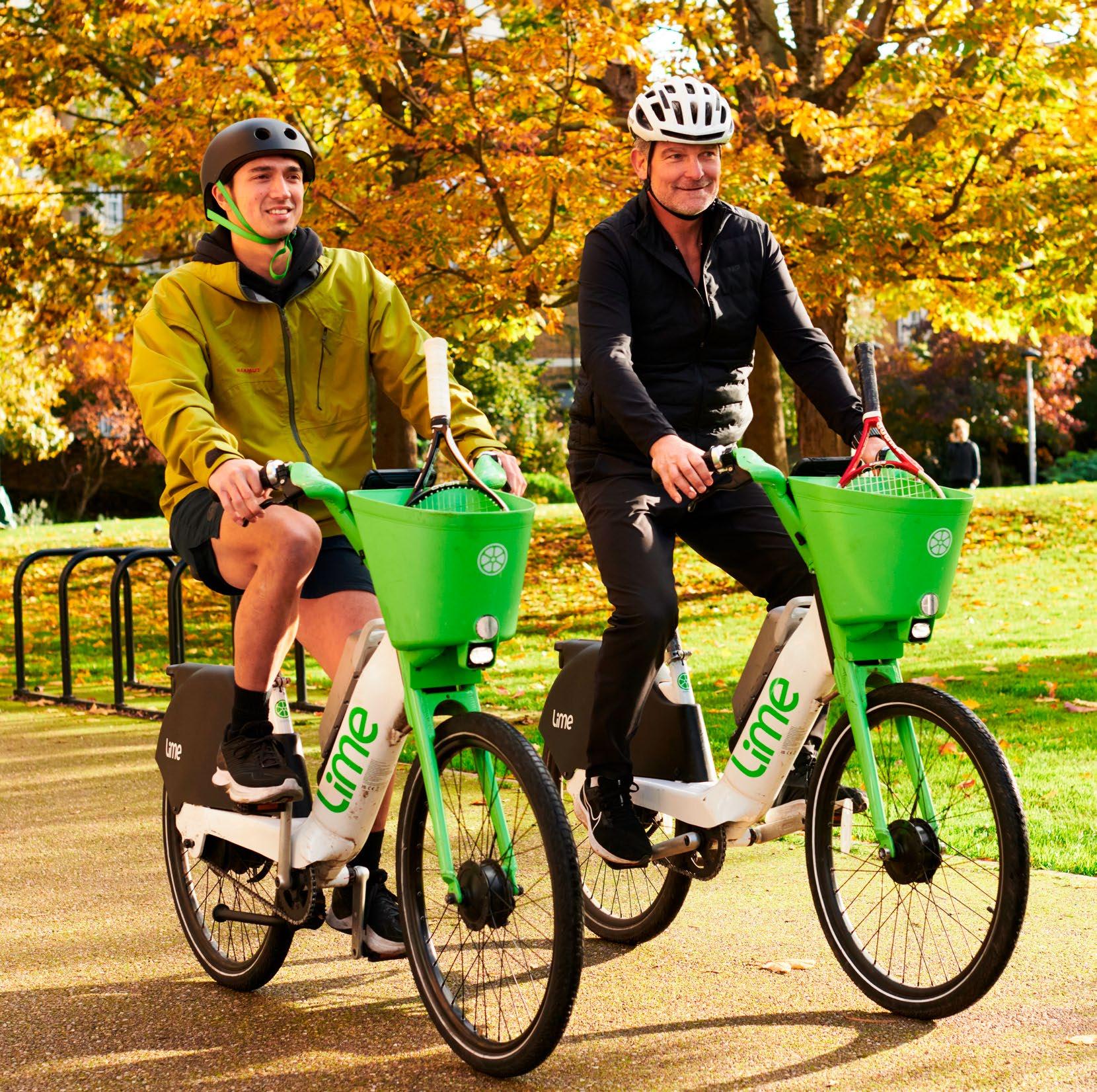
City Cycling: a training guide
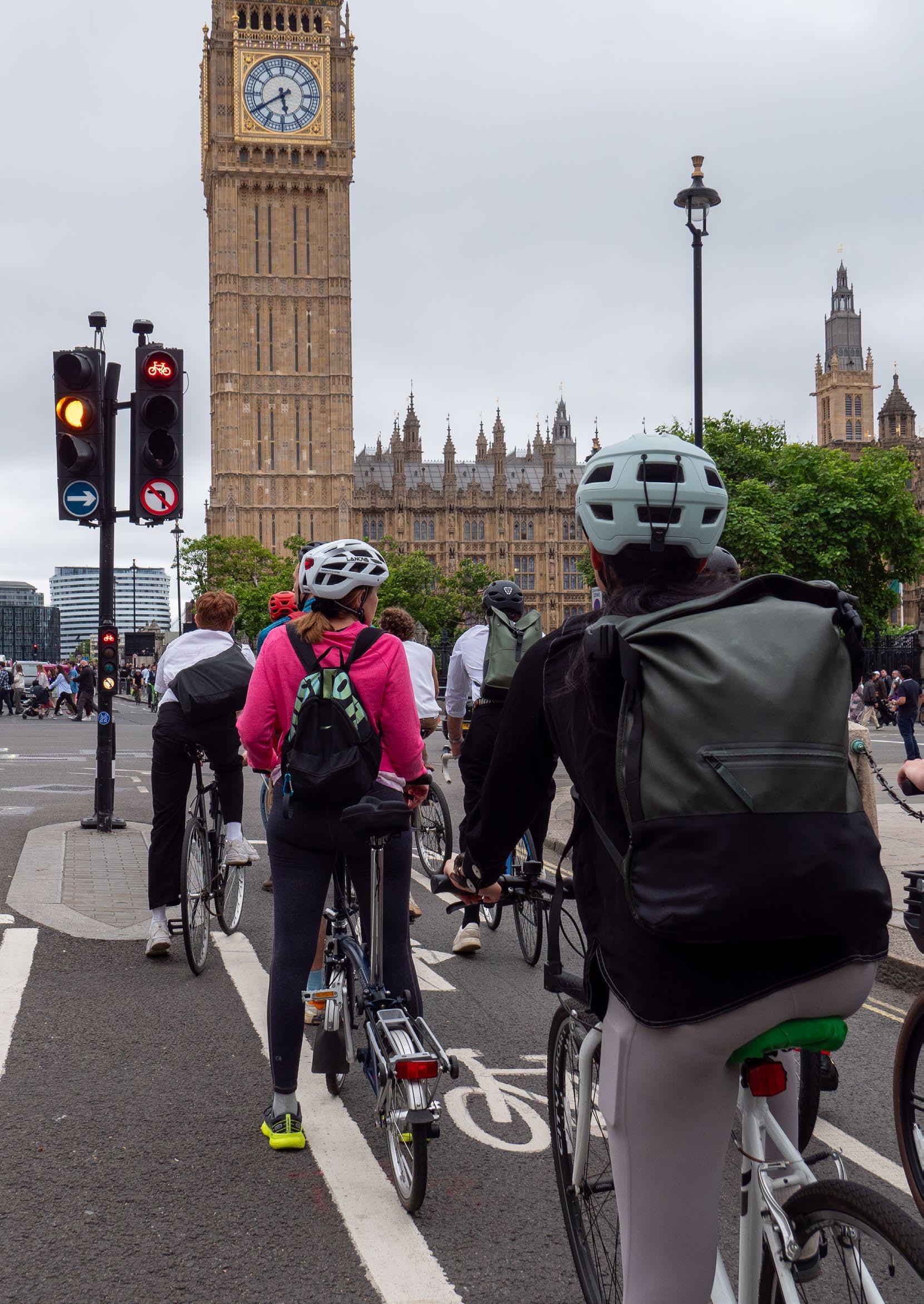


City Cycling: a training guide

1. Introduction
2. Road responsibilities
a. Hierarchy of road users
b. The role of the cyclist
c. Highway Code changes
3. Rules of the road
a. Road positioning
b. Multi-lane roundabouts
c. Traffic light sequencing
d. Filtering in stationary traffic
4. Smooth and safe journeys
a. Helping your journey flow
b. Set a good example to other road users
c. Have a plan
d. Be visible, for your safety and the safety of others
5. Checklist
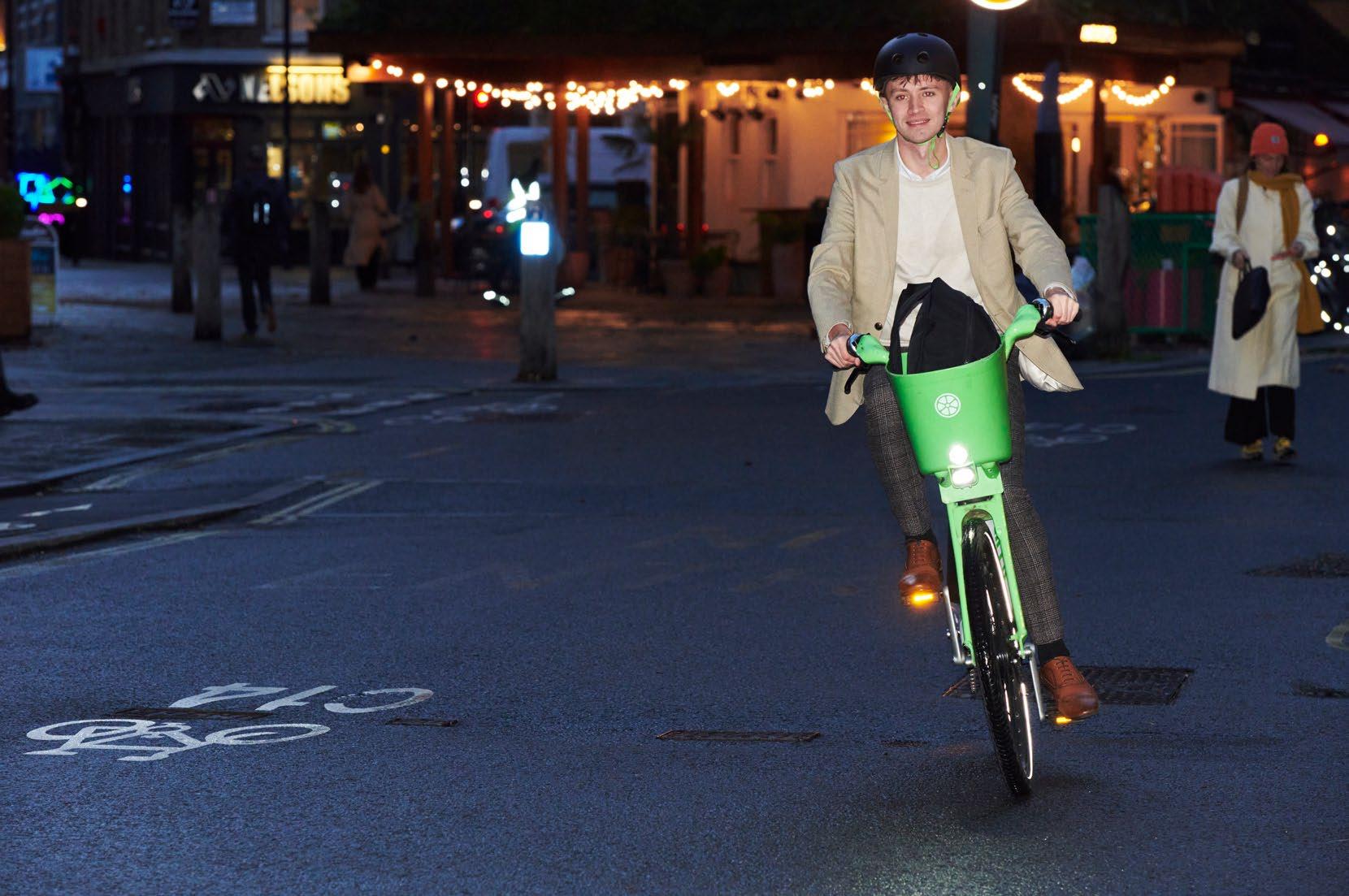
Cycling UK and Lime have partnered up to create this handy training guide to give a refresher of the rules of the road – with a focus on inner city cycling – no matter what your level of experience is.
From road positioning to rules at multi-lane roundabouts, being aware of how to approach busy roads and junctions supports safe and responsible cycling, making a better environment for all road users.
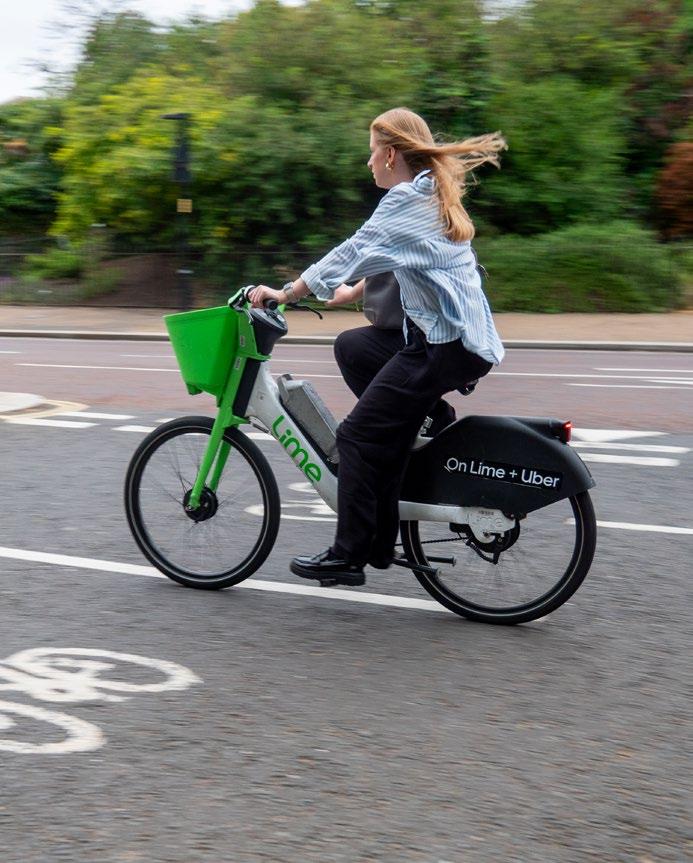

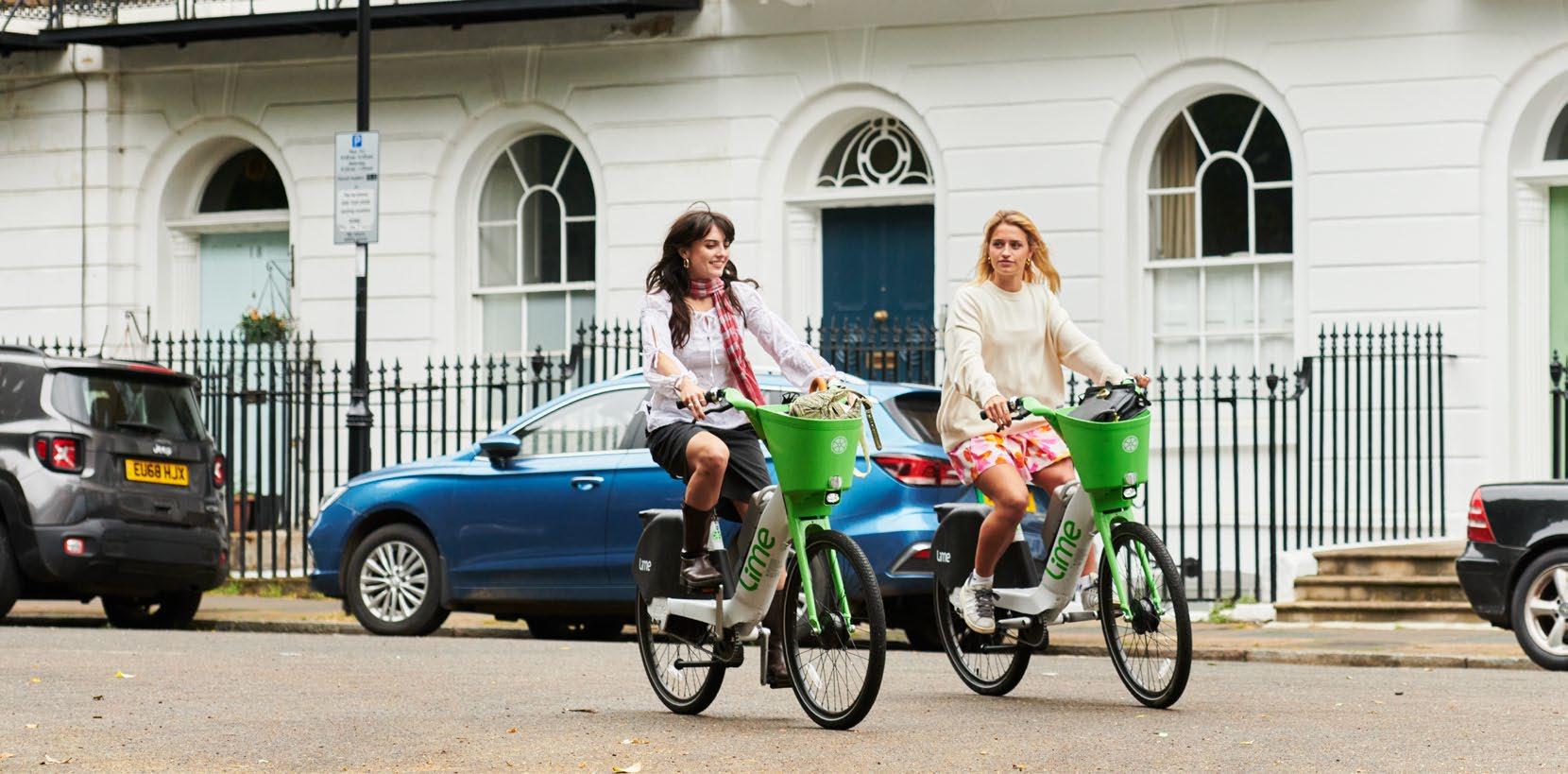
It can feel like a very different experience making an inner-city journey by bike rather than in a car; your position on the road, the physical space you take up and how others see you are all altered depending on how you’re travelling.
In this section of the guide, you’ll find some key laws and rules you need to know about as a cyclist. The first is the new Hierarchy of road users which sets out your role as a cyclist. The second is the key changes to the Highway Code.

The Highway Code is a guide containing rules, advice, and information for all road users in the UK. It outlines legal requirements, best practices, and safe road usage for pedestrians, cyclists, motorcyclists, drivers, and others using powered wheelchairs or mobility scooters.
Hierarchy of road users - what this means for cyclists

In 2022, there were some new changes introduced to the Highway Code - something that organisations such as Cycling UK had been campaigning on for a decade.
“One of the biggest was the introduction of the Hierarchy of Road Users. This hierarchy shifts the ideas of responsibility of road users in the event of a collision. Previously, it was simply: the biggest wins, and everyone needs to get out of the way.
Those with the greatest potential to harm are now tagged with the greatest responsibility.
In practical terms this means:
• A pedestrian has the lowest level of responsibility in the hierarchy as they are most at risk in the event of a collision
• Both pedestrians and cyclists are a ‘vulnerable road user’
• All road users need to be aware of how other vehicles may act within the hierarchy
• Those with the potential to cause greatest harm in the event of a collision bear the greatest responsibility to take care and reduce the danger they pose to others

It is important to remember that, as a cyclist, you do not have the least responsibility within the hierarchy. Some important reminders:
• While the hierarchy sets out the levels of responsibility, you absolutely need to be aware that other vehicles (cars, vans, lorries) may not act within these rules. You may be right in terms of the law, but that won’t help you a great deal if other road users aren’t adhering to the changes – keep your wits about you and pay attention to those around you
• Think about your responsibility as a cyclist with a greater risk of harming a pedestrian in the event of a collision. Be hyper aware of children, older adults and disabled people
For a full breakdown of key information relating to the recent Highway Code changes and how they help to make cycling safer, visit: www.cyclinguk.org/highwaycode
However, there are 10 key changes to highlight - these include, clearer guidance on overtaking cyclists, road positioning and clarification that groups of cyclists can cycle two abreast.
You can see a film summarising these 10 changes here: https://youtu.be/nCU-cDOcRIE.
So now let’s break down the top three Highway Code changes that are most important for you as a cyclist, designed to better protect you on the road

Cycling two abreast, where two cyclists ride side by side, offers several safety and practical benefits. It is the recommended way to ride, and is legal, so don’t feel pressured to move to single file.
It makes the group more visible to drivers, reducing the likelihood of close passes. This formation also shortens the length of the group, allowing vehicles to overtake more quickly and safely compared to a long single-file line.
However, it’s worth noting that if you leave the city and are cycling on rural twisty lanes, it’s advisable to single out.
Additionally, riding two abreast encourages conversation, improves group cohesion, and allows experienced riders to support less confident cyclists so hold your position, cycle together and create a safer trip for all.
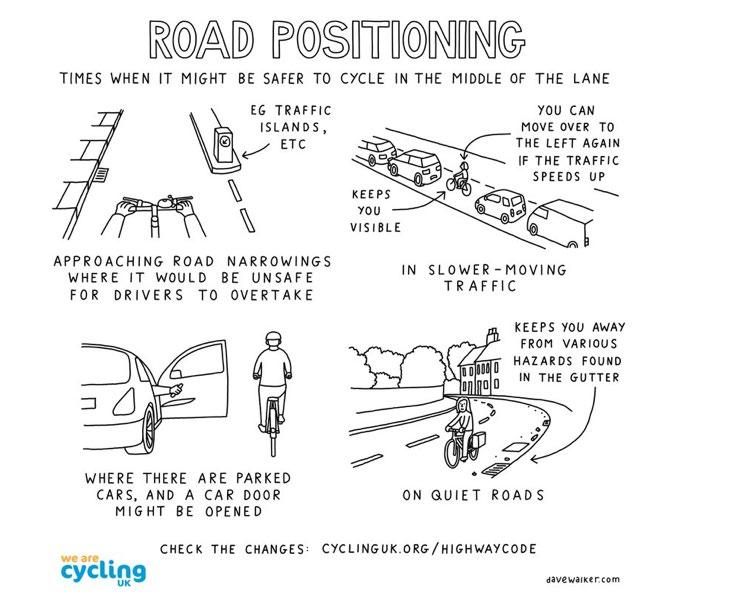
When segregated cycle lanes aren’t available, one of the first things cyclists often assume is that they should stick close to the kerb. It feels polite, out of the way and maybe even safer. In reality, riding too close to the edge of the road can make things harder for you.
Being tucked into the gutter means dealing with potholes, drains, broken glass, uneven surfaces and other hazards that naturally collect at the road’s edge. It also puts you in a spot where drivers might not see you clearly.
Instead, riding a little further out helps you stay in the part of the road where drivers are more likely to notice you – the same place they look when steering their vehicles.
In the Rules of the Road section later, you’ll see the specifics of the Primary and Secondary positions and when to use them.


It’s helpful to remember that you’re not ‘in the way’ when you cycle in the road, you are part of the traffic. When you ride confidently and visibly, other road users are more likely to give you the space you need and treat you with the same consideration they give other vehicles.
In fact, drivers are obliged by the Highway Code (Rule 163) to “leave at least 1.5 metres when overtaking cyclists at speeds of up to 30mph, and give them more space when overtaking at higher speeds” That means that they should pull out, cross the central, dashed white line and pull in again when they are safely past – not squeeze past in the same lane.

Now you’re aware of the legal requirements and what’s changed in the Highway Code, let’s look at some of the key road rules to be aware of as a refresher.
Having a great experience cycling is helped by having a good understanding these rules. Based on information from the Highway Code and National Standards Cycle Training, we’ve detailed some of the most important bits to remember and be aware of.
a. Primary and secondary position
Where should you ride?
While we’ve already covered general positioning (don’t stick close to the kerb!), there are two main positions you can use depending on the road and the situation that we’ll dive into in more detail:
1. The centre of the lane (the primary position)
This is when you ride in the middle of the lane, right where a car would be. It’s useful when the road is narrow, when you’re approaching junctions or roundabouts, or when you want to make sure you’re clearly seen.
Taking the lane, as this is sometimes called, gives you more room to avoid obstacles, makes your movements more predictable to drivers and often discourages risky overtaking.
2. About a metre from the edge of the road (the secondary position)
This is a good position for wider roads or when traffic can pass safely without needing to squeeze past. It still gives you room to steer around problems and keeps you visible – but it’s a little to the left of the main flow of traffic.
Whichever position you choose, the key is to ride where you feel comfortable and in control. Shifting between these positions is part of riding with awareness and confidence.
b.Multi-lane roundabouts: which lane should you take?
A cyclist can take any lane at a multi-lane roundabout.
Remember to signal clearly to indicate the direction you are travelling in. And be mindful, other road users may not be aware of the rule so keep an eye on your surroundings and other road users.
aHowlongdoes redlightstay redfor?
seconds
While it might seem simple, let’s have a quick recap: Red (stop and wait at the stop line), Red/Amber (prepare to move but wait for the green light), Green (proceed when safe to do so), Amber (stop unless it is unsafe to do so, as the light is about to turn red).
Regardless of the sequences and what comes next, always stay vigilant and assess your surrounding before proceeding, just because a light is green doesn’t always mean it’s safe to move forward. And crucially, if the light is red, it is your legal requirement to stop. Only 1 in 10 people (Thinks research, 2025) are aware that it is illegal to jump a red light, so be aware and stay safe at the lights.
Rushing through an amber or red light often won’t save you time; you’ll have noticed when a vehicle has sped past you, only for you to catch them up at the next set of traffic lights.
Practice achieving a smooth flow to your journey and you’ll arrive relaxed and safe.
When cycling through stationary traffic, you can pass on either side of the vehicles. Not all drivers are aware of this, so as with all the tips and recommendations, be vigilant of the road users around you and keep an eye on vehicles that might be able to move.
Keep a look out for signs of movement up ahead and avoid weaving through the other vehicles. Maintain a constant line of travel to ensure you are seen and safe.


Understanding the road and planning your journeys effectively can help you have a more enjoyable and safe experience as a cyclist.
Using the important knowledge from The Highway Code, and the rules of the road covered previously, these tips will help put learning into practice.

a.Helping your journey flow:
• Now you understand more about traffic light sequencing, use that to your advantage - anticipate light sequences, plan ahead and slow down as you approach the lights
• It won’t always be possible to have a journey of all green lights, so when you come to a red light, stop, use it to take a drink, check your surroundings, and have a mini rest before setting off again
• Change how you view the need to stop and turn it into an opportunity for a smooth and relaxing journey
b.Set a good example for other road users:
• Think of yourself as part of the traffic, not being held up by the traffic. We’re all trying to get somewhere and if we all travel in a mutually efficient way we’ll all get to our destinations in a timely manner
• Represent cyclists in the best way possible by cycling and behaving responsibly. Don’t let your actions create a bad example and potentially impact how a driver will then respond to the next cyclist they come across
c.Have a plan:
• We’ve all set off late and then tried to achieve the sat nav suggested journey time or looked for ways to shave time off our journeys. Rather than put yourself in a rushed state from the outset, start your journey planning as early as possible
• When calculating your journey time, build in a 10–15-minute buffer and start your journey with time in hand rather than a time deficit to try and make up
d. Be visible - for your safety and others:
• Be seen! Make other traffic aware of your presence in a positive way - through road positioning, responsible riding and maintaining your flow with the traffic
• Try and make (friendly!) eye contact with drivers at junctions whilst stationary, particularly lorry drivers/ bus drivers etc who might have large blind spots on their vehicles – if you can’t see the driver, they can’t see you
• When coming to a stop at a junction, traffic lights, stopped traffic etc, select an easier gear before stopping, you are then in a better gear for when you are ready to set off again
• Look ahead, anticipate traffic, junctions, pedestrians. This will all help keep your flow and create a smooth journey

And finally, here is a handy checklist of the key points from this training guide. For more information and guidance, check out the Cycling UK website for top tips, videos and resources. And most importantly – enjoy your ride!
✓ As a cyclist you have a responsibility above that of pedestrians – be hyper aware of other road users when on your journeys
✓ Riding in a group? Riding two abreast is not only legal, it is also safer a lot of the time, especially in urban areas
✓ Remember the primary and secondary positions when cycling. Sticking close to the curb or gutter presents more risk to your safety
✓ Use cycle lanes and designated infrastructure where available
✓ Signal clearly at multilane roundabouts, and use any lane on your approach
✓ Running red lights is illegal and rushing through an amber light rarely saves you time, and creates risk for other road users
✓ When filtering through stationary traffic, stick to one side of vehicles and avoid weaving to make sure you’re more visible to other road users
✓ Plan your journeys, give yourself enough time and the best chance of arriving relaxed and safe after an enjoyable journey!

